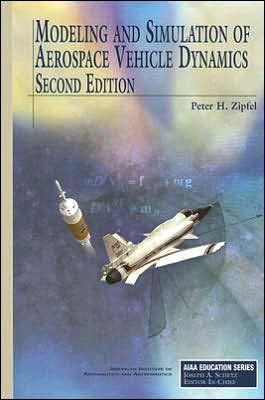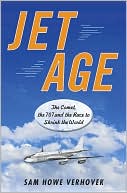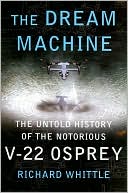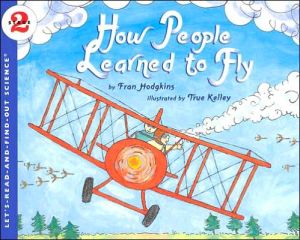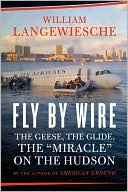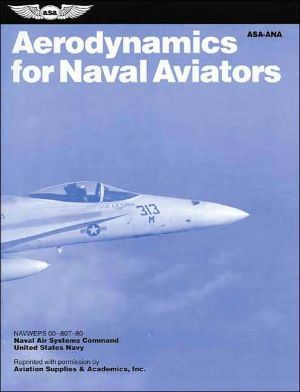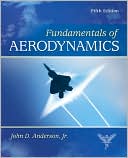Modeling and Simulation of Aerospace Vehicle Dynamics, Second Edition
This book unifies all aspects of flight dynamics for the efficient development of aerospace vehicle simulations. Now in its second edition, its purpose is still to provide the reader with a complete set of tools to build, program, and execute simulations. Unlike other books, it uses tensors for modeling flight dynamics in a form invariant under coordinate transformations. For implementation, the tensors are converted into matrices, resulting in compact computer code. The reader can pick...
Search in google:
This book unifies all aspects of flight dynamics for the efficient development of aerospace vehicle simulations. Now in its second edition, its purpose is still to provide the reader with a complete set of tools to build, program, and execute simulations. Unlike other books, it uses tensors for modeling flight dynamics in a form invariant under coordinate transformations. For implementation, the tensors are converted into matrices, resulting in compact computer code. The reader can pick FORTRAN templates of missiles, aircraft, or hypersonic vehicles from the complimentary CADAC4 software to jump-start a particular application, and plot the results with CADAC Studio. It is the only textbook that combines the theory of modeling with hands-on examples of three-, five-, and six-DoF simulations. This new and enlarged edition also serves as the anchor for a self-tutoring, three-part course of aerospace simulations in C++, available from AIAA.Amply illustrated with 318 figures and 44 examples, the text can be used for advanced undergraduate and graduate instructions or for self study. Seventy-eight problems and nine projects further develop the material. The second edition contains two new appendices. The original Appendix C, which reviewed state-of-the-art FORTRAN simulations, has been replaced by the description in three self-study CD-ROMs of aerospace simulations in C++. These CD-ROMs broaden the applications of this book, moving from simple three-degrees-of-freedom cruise missiles to high fidelity missiles, aircraft, and hypersonic vehicles. The new Appendix D sets forth the theoretical foundation of tensor flight dynamics, and it contains proofs of the rotational time derivative and the Euler transformation. Qualified instructors can obtain a complimentary solution manual from AIAA. Booknews A textbook for an advanced undergraduate course in which Zipfel (aerospace engineering, U. of Florida) introduces the fundamentals of an approach to, or step in, design that has become a field in and of itself. The first part assumes an introductory course in dynamics, and the second some specialized knowledge in subsystem technologies. Practicing engineers in the aerospace industry, he suggests, should be able to cover the material without a tutor. Rather than include a disk, he has made supplementary material available on the Internet. Annotation c. Book News, Inc., Portland, OR (booknews.com)
\ BooknewsA textbook for an advanced undergraduate course in which Zipfel (aerospace engineering, U. of Florida) introduces the fundamentals of an approach to, or step in, design that has become a field in and of itself. The first part assumes an introductory course in dynamics, and the second some specialized knowledge in subsystem technologies. Practicing engineers in the aerospace industry, he suggests, should be able to cover the material without a tutor. Rather than include a disk, he has made supplementary material available on the Internet. Annotation c. Book News, Inc., Portland, OR (booknews.com)\ \
